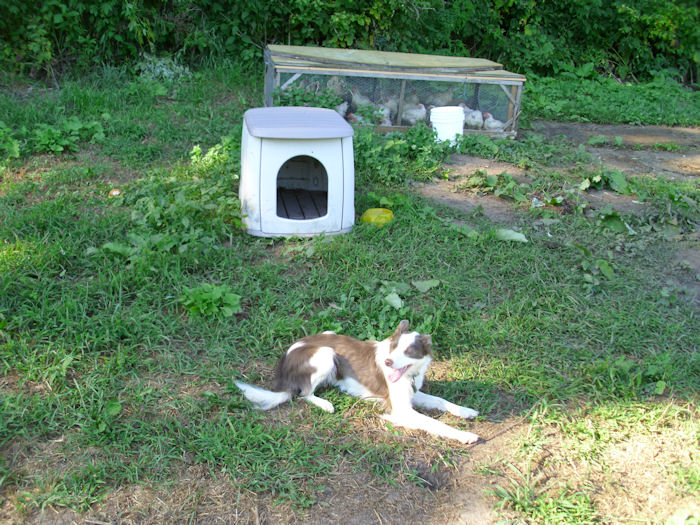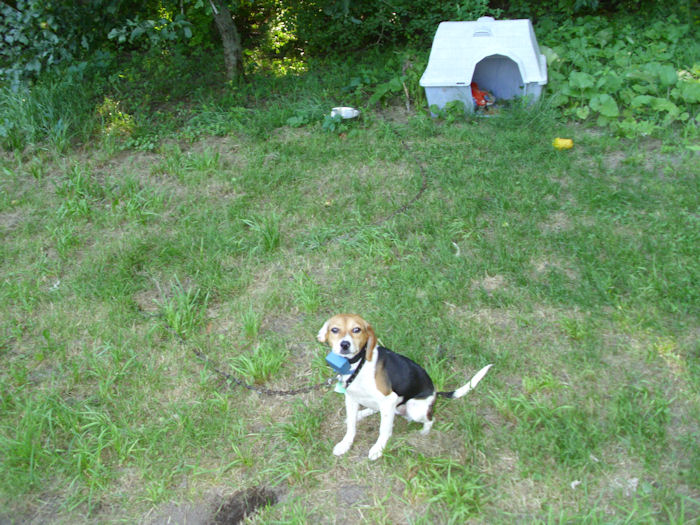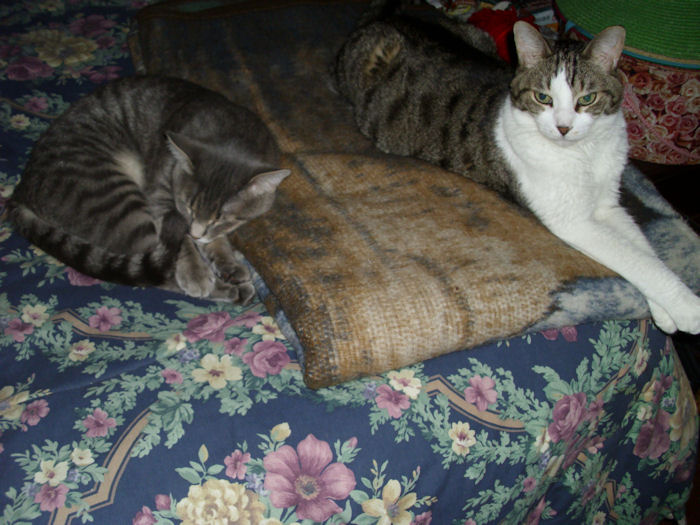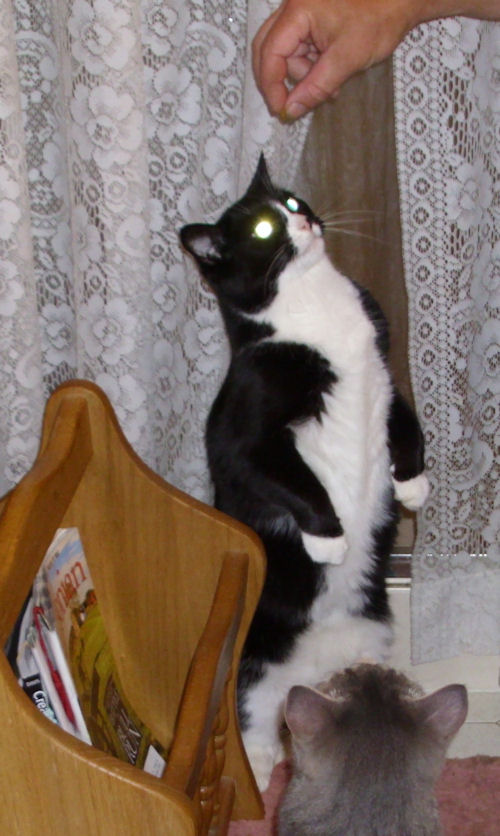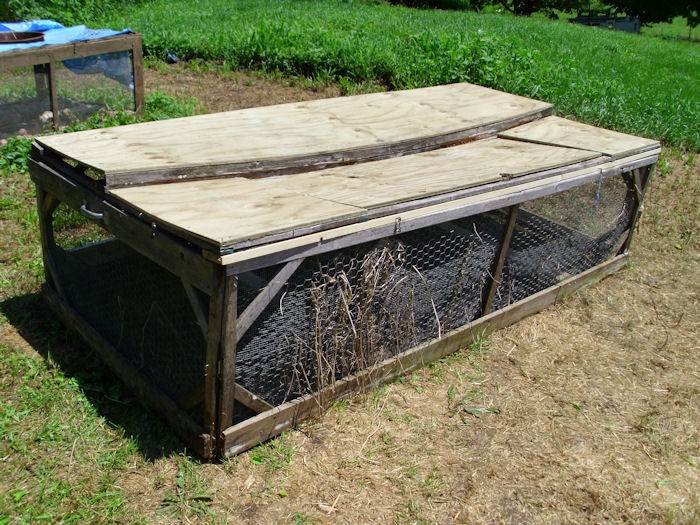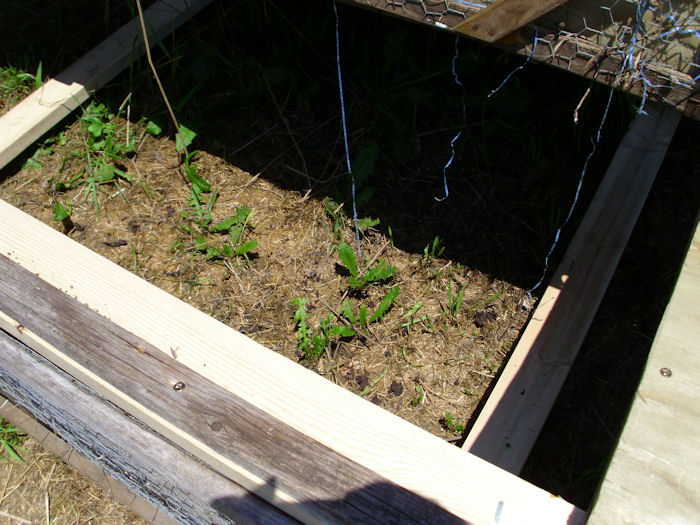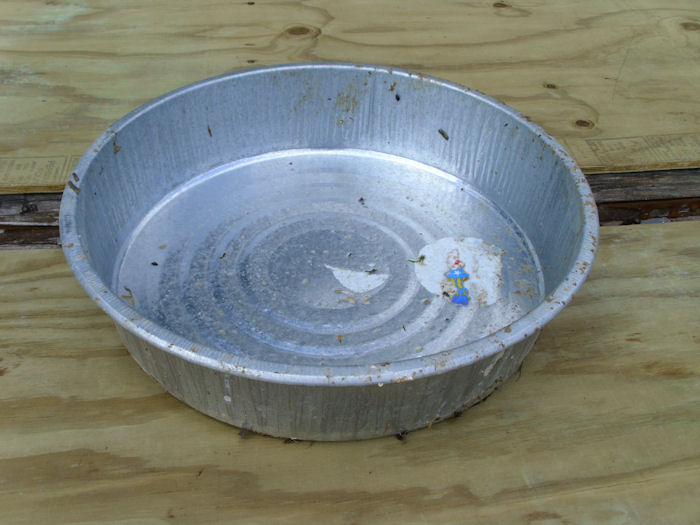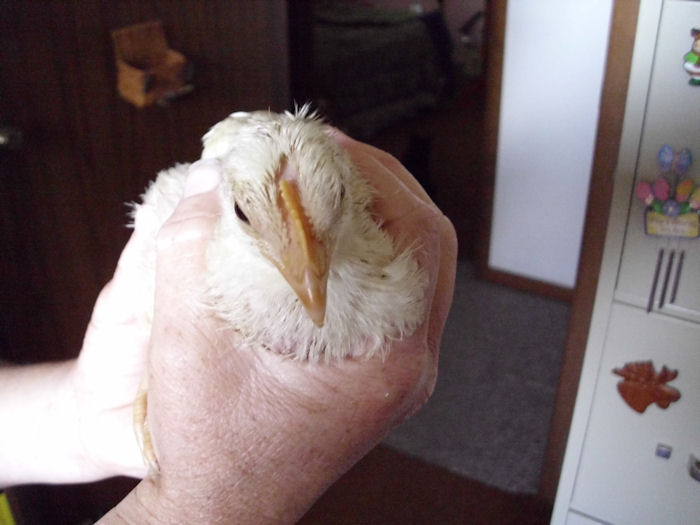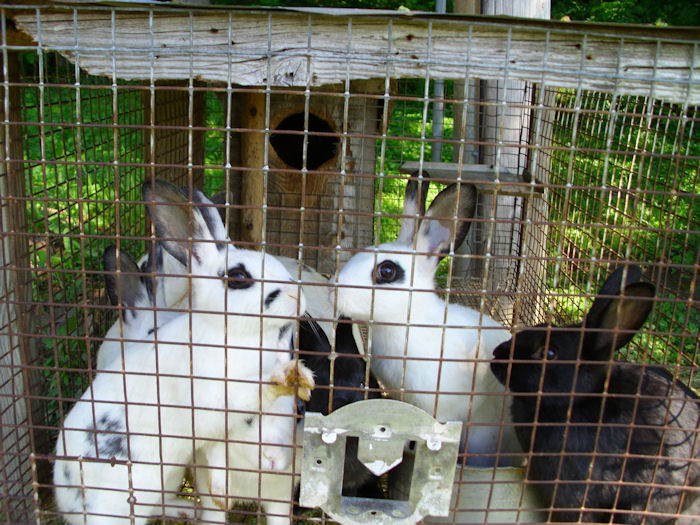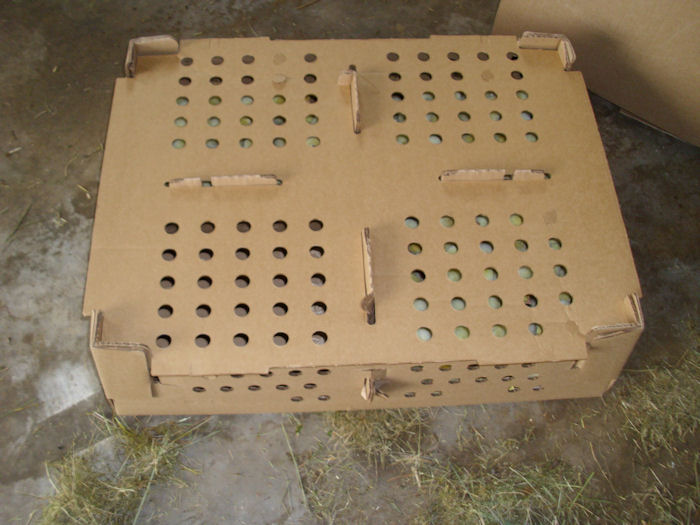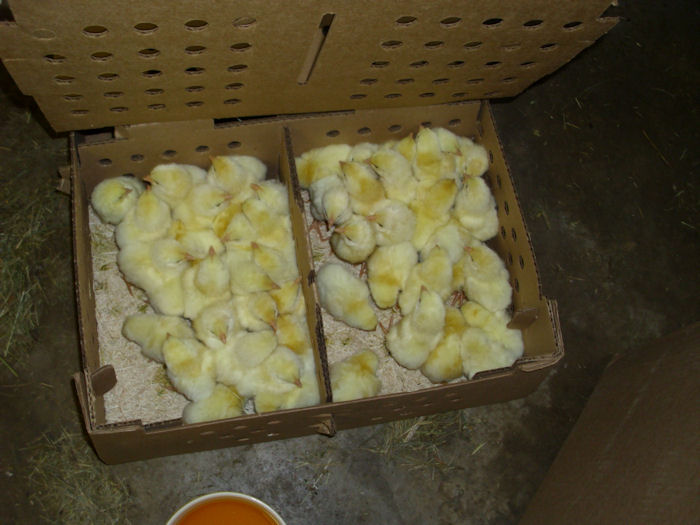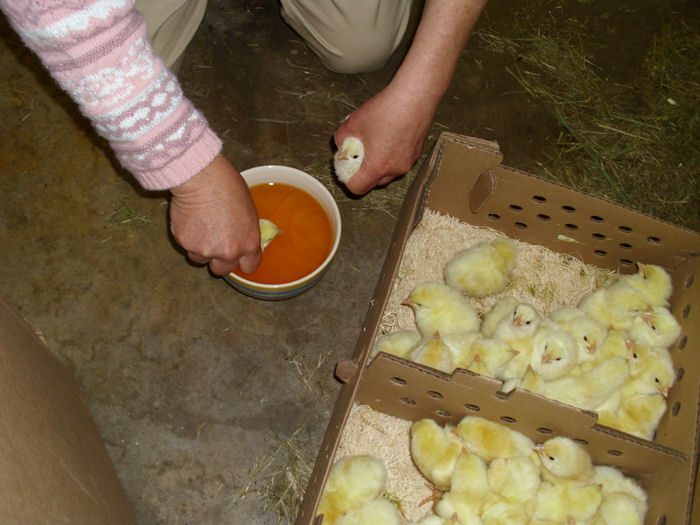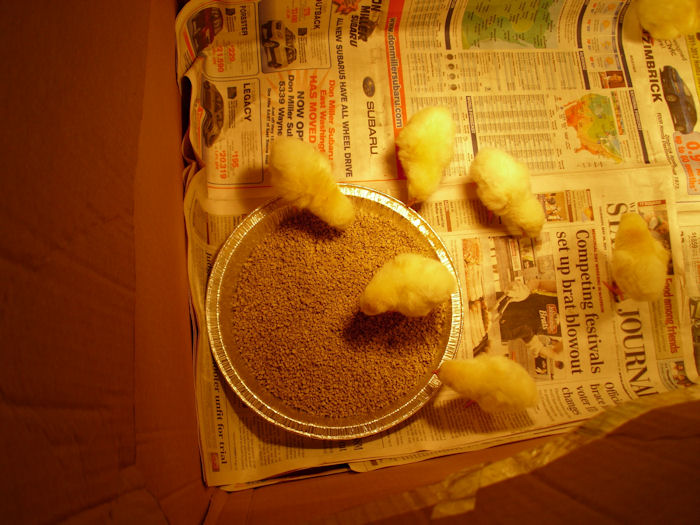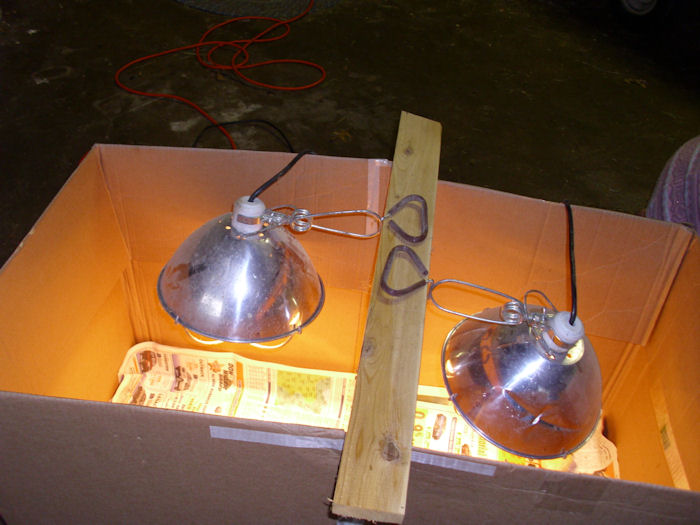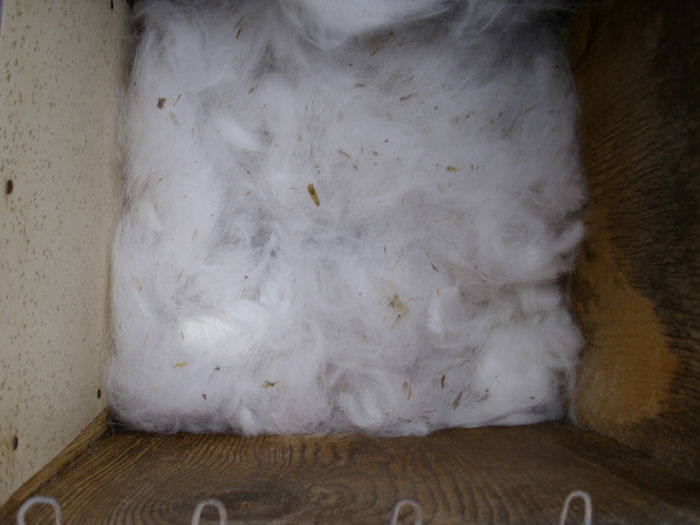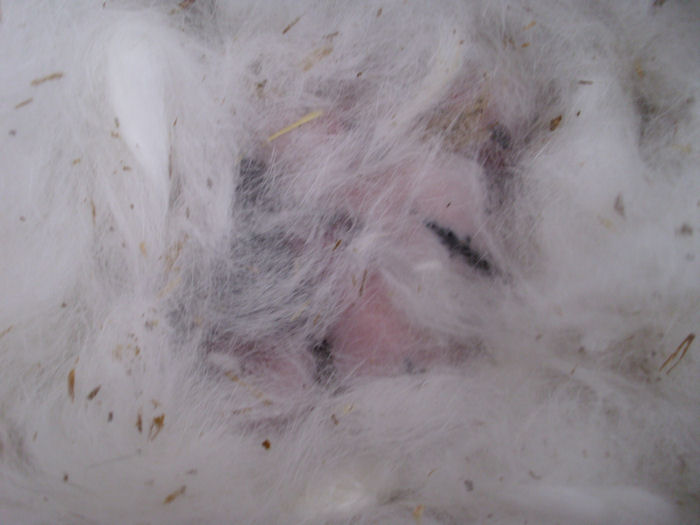Many people disregard the benefit of having good working animals. We currently have two dogs and three cats. Every one of them has work to do. Over the years I’ve found that working animals actually live longer and lead happier lives. It seems that everyone benefits from having work to keep them happy.
The two dogs work during the evening hours. We’re out and about enough during the daylight hours that we’ve never had a problem with the wildlife during the day. It’s at night that the wildlife comes out and causes us woe. So the dogs work all night and sleep all day. One of us takes them to work each evening and brings them into the house early each morning.
Shelby earns her keep by guarding the chickens. Everyone likes a chicken dinner. The way we have the chicken tractors constructed keeps hawks at bay. However, weasels and racoons will dig under the chicken tractors to get inside if they can’t get in any other way. The hardware cloth will delay them, but not permanently bar them. Weasels are the worst of the lot. They’ll make a small incision in the chicken’s neck, drain it of blood, and then move onto the next chicken without touching the meat of the one it has just killed. What a waste! We’ve had problems with other wildlife getting into the chicken tractors as well—I’m pretty sure a fox got into the chicken tractors at least once.
Shelby also helps catch any chickens that get out of the chicken tractors. She’ll carefully move them toward me. I can usually catch the chicken without any problem and put it back inside. We chose a border collie because of the herding instinct.
Reese guards the apple orchard. We have two orchards—one for apples and another for everything else (pears, plums, and cherries). For some reason, none of the wildlife bothers the other orchard, but they absolutely love our apples. One season I had a wonderful harvest when I went to bed—the next morning I got up to find stems, which was all that the deer left behind after eating every apple. Rebecca says that there is still a dark cloud hanging over the orchard from the unfortunate language I used to express my discomfort with the deer’s choice of delicacy. Since we’ve had a dog out there, no one has touched the apples (or at least, not enough to matter). We chose a beagle/rat terrier mix for the no nonsense attitude toward guarding territory. Besides, she doesn’t dig (at least, not often) and she cuddles nicely in the winter.
During the late fall and most of the winter months, we store goods in the basement. It acts as our root cellar. There are usually some apples, potatoes, and squash down there. Given that the basement keeps at a nice 40 degrees, things last quite a while. We eat the last squash sometime in March in most years, along with the last of the potatoes (the apples never last past the holidays). Mice just love root cellars. Given a chance, they’ll bore through squash just enough to ruin it. Apples and potatoes make wonderful treats as well.
Two of our cats, Bubba and Smucker, patrol the root cellar. We don’t stick them down there at any given time. They ask to go down for a while, then they ask to come back up. It’s a nice arrangement for everyone. Since we’ve had Bubba and Smucker patrolling the root cellar, there hasn’t been any damage to our goods from mice. Sure, we could have used traps, but cats work significantly better.
Sugar Plum is Rebecca’s cuddle cat. Her main job is to keep Rebecca happy. During the daytime, that means staying with Rebecca in the kitchen or wherever else Rebecca might be at the time. It’s an important job.
All of our “kids” know how to do some simple tricks. The dogs each have their own way of asking for their breakfast and they play a mean game of fetch. They’re also trained to perform the usual commands—sit, lay down, kennel, and quiet. The cats can also perform tricks. In this case, Sugar Plum is sitting up to ask for a treat.
Having animals is an important part of self-sufficiency. Without these work animals, we’d never be able to hold onto the investment we’ve made. How do you work with your animals? Let me know at [email protected].

